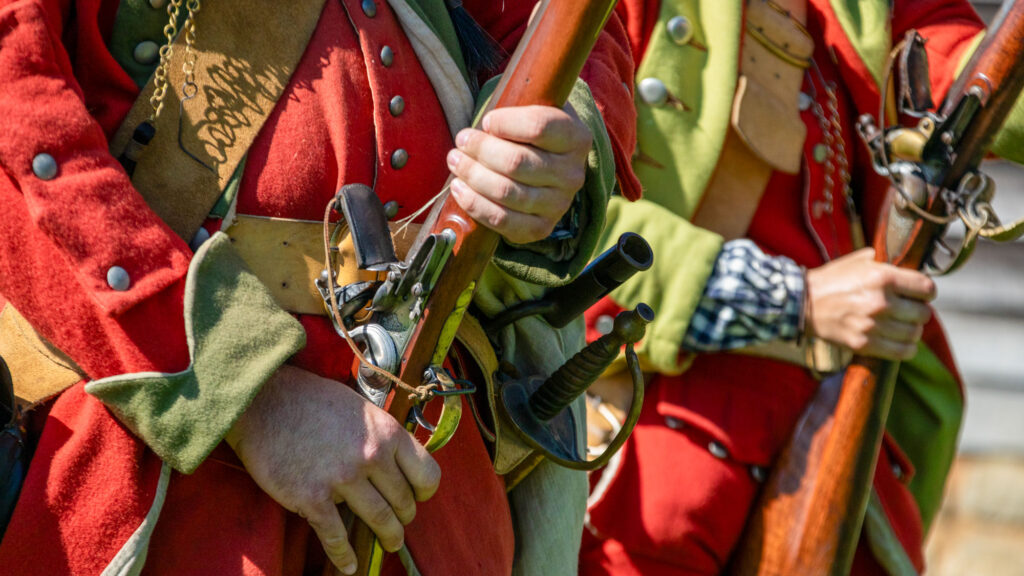 When asked what makes Fort Loudoun State Historic Park unique among Tennessee’s many state parks, Park Manager Eric Hughey half-jokingly responds with, “A big fort helps.”
When asked what makes Fort Loudoun State Historic Park unique among Tennessee’s many state parks, Park Manager Eric Hughey half-jokingly responds with, “A big fort helps.”
Hughey’s response is humorous but also true. Fort Loudoun does stand out because of the reconstructed fort but also because it highlights a part of history that might be surprising to some. While the state and the rest of the South are filled with Civil War sites galore, Fort Loudoun is the state’s only French and Indian War park.
Unlike most state parks that are focused on their natural wonders and providing outdoor recreation, Hughey says his staff is focused on history.
“We have lots of history-based programming,” he says.
A visit to the park should perhaps start at the interpretive center where you can explore exhibits about that history, including items excavated during the reconstruction of the fort, and a view a short film.
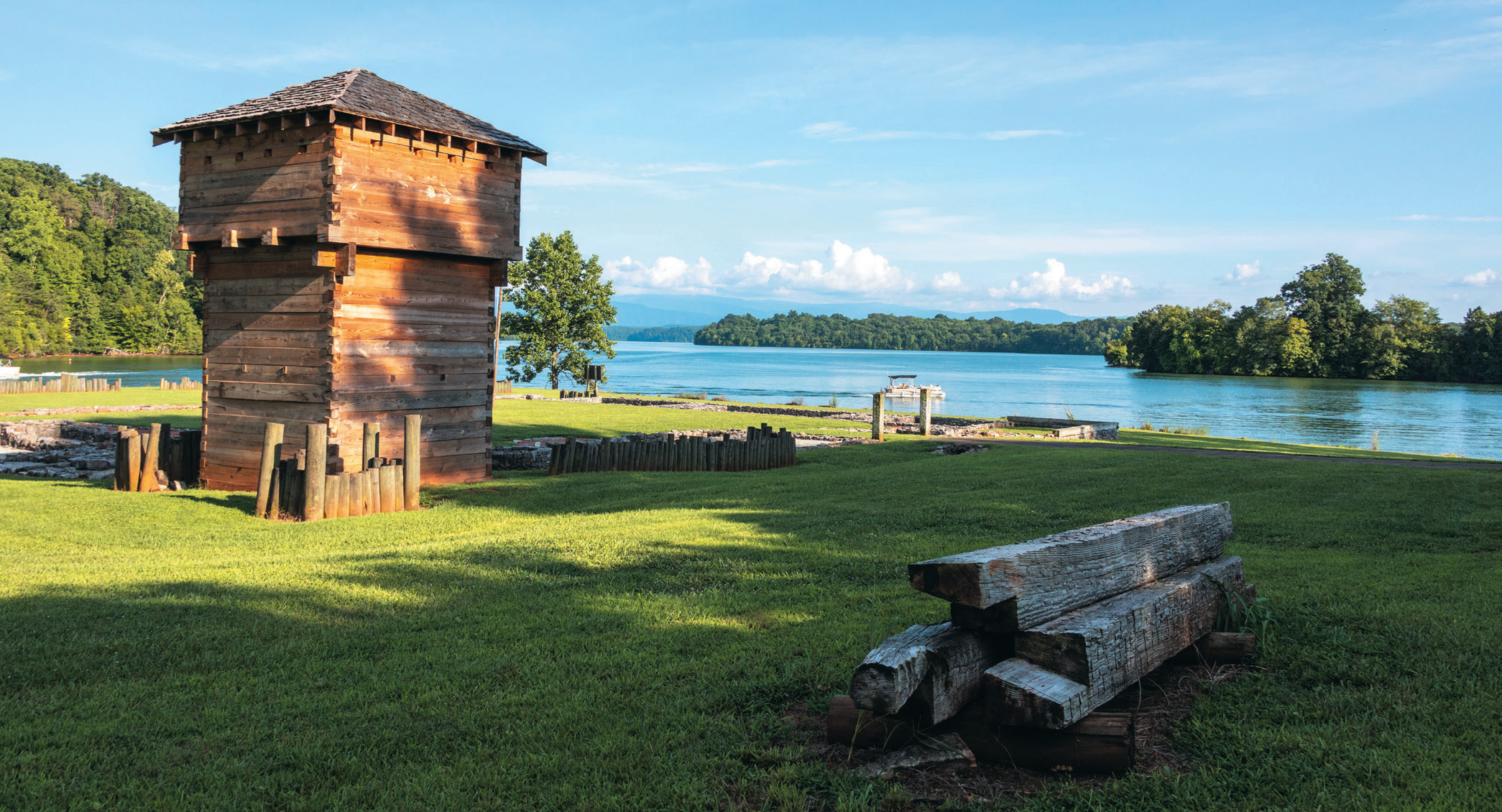
What war?
If it’s been a while since you were sitting in an American history classroom, you might need a wee bit of a refresher about the period of history that Fort Loudoun helps to preserve.
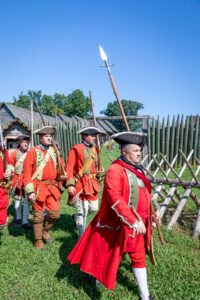
The original fortification at this site was built on what was then the western frontier in 1756, two years into the French and Indian War. This war became a theater in a bigger global conflict known as the Seven Years’ War, though it started a couple of years before that larger-scale war that was basically Great Britain and France trying to become the dominant world power. Each had allies on its side in various conflicts in Europe, Asia and the Americas. As you might expect from the name, in the French and Indian War those allies were Native American tribes. For instance, the Iroquois, Catawba and Cherokee sided with the British while the French were aided by the Abenaki, Algonquin, Ojibwa, Shawnee and others.
The spark that ignited the French and Indian War was a dispute over land, as is common throughout human history.
In this case, it was the confluence of the Allegheny and Monangahela rivers, site of the French Fort Duquesne. You might know this spot as present-day Pittsburgh, Pennsylvania. In the battle that ensued, the Virginia militiamen who attacked a French patrol were under the command of a very young George Washington. He was only 22 at the time, still 35 years away from becoming the first president of a country that didn’t yet exist.
A couple of years later, the British colony of South Carolina didn’t like the French goings-on in the Mississippi Valley and sent a military unit to what is now East Tennessee to build a fort where present-day Vonore in Monroe County is located.
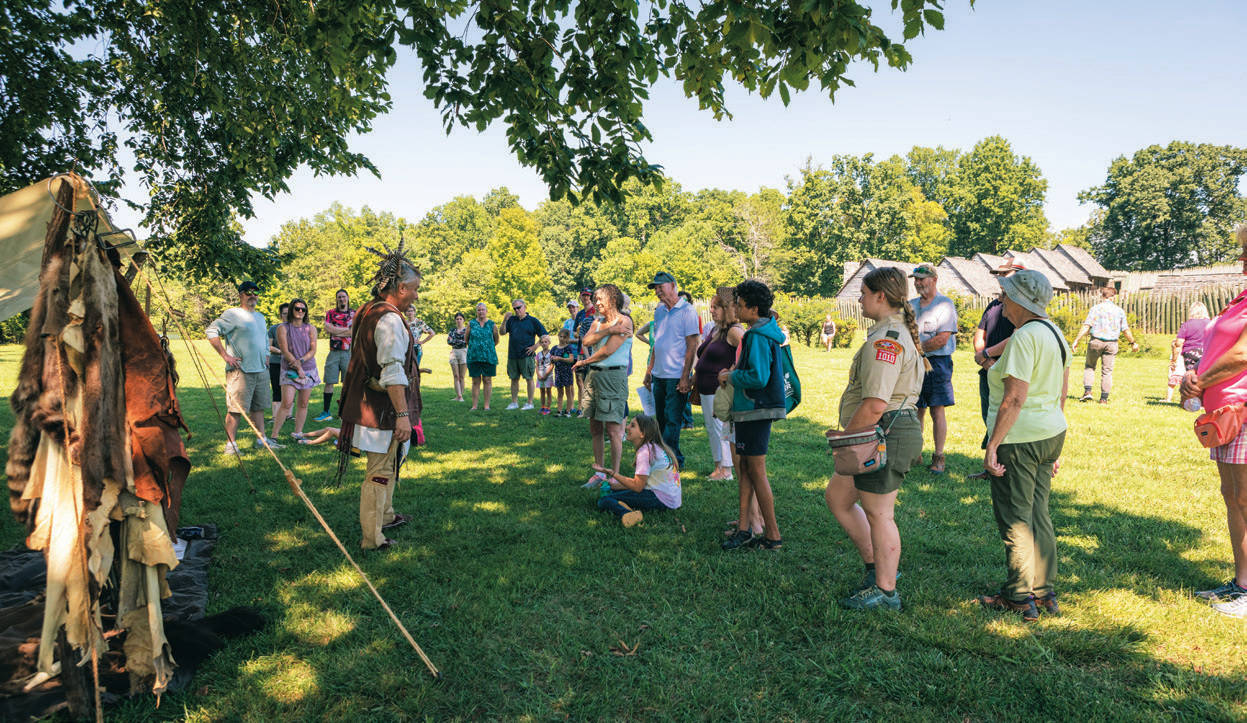
Short lived but a lasting legacy
Fort Loudoun was only occupied by the British for four years before relations with their Cherokee allies went seriously downhill. The Cherokee captured the fort and sent the British packing. Speculation is that the Cherokee actually burned the original fort not long after the soldiers left.
It likely wasn’t long before the ruins were overtaken by Mother Nature. More than 170 years passed before the Fort Loudoun Association bought the site in 1933, later transferring it to the state in 1978. Fort Loudoun became a state park in 1977, a year after the nation’s bicentennial.


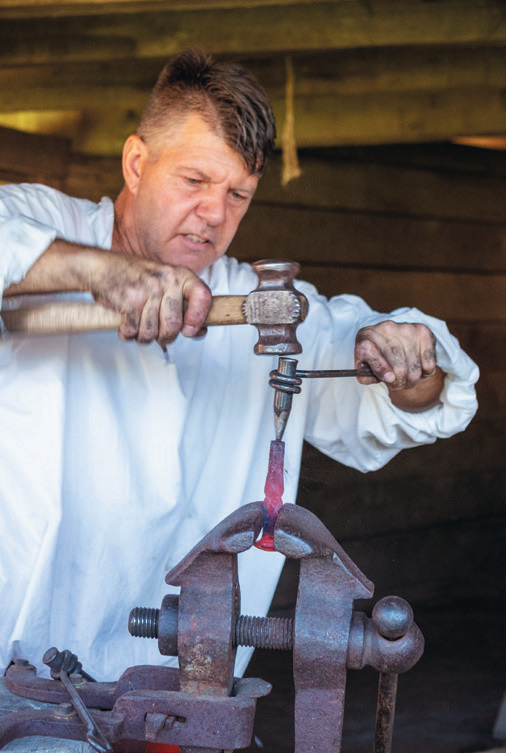
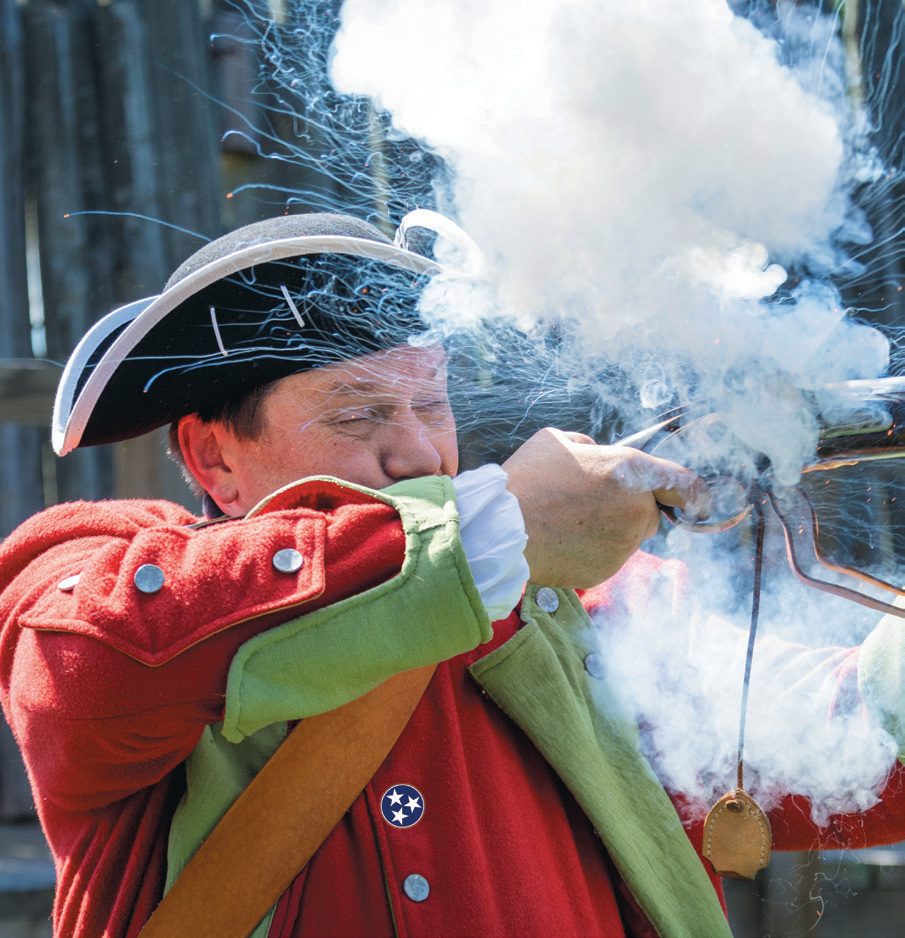
Today, thousands of people visit the park each year — touring the reconstructed fort and Tellico Blockhouse site, learning about this perhaps unfamiliar but very interesting part of the state’s history. Hughey, who has been with Tennessee State Parks for 26 years, the last 10 as manager of Fort Loudoun, says sometimes people will ask questions about which side the fort served in the Civil War. He and his staff will explain that Fort Loudoun wasn’t even a fort then, that it had ceased to exist a century before that conflict began. They explain why programming includes a celebration of King George II’s birthday.
Living history
Explaining and even re-creating what life was like in that early frontier fort more than two decades before the U.S. became an independent country are woven into the fiber of Fort Loudoun State Historic Park, the people who work there, volunteers and history buffs. Special garrison weekends are held at different points over the course of the year. The next one, set for Oct. 7, is actually the first one to be held at the Tellico Blockhouse site where a peace treaty was signed with the Cherokee in 1794. It will be brought to life for this event, enabling visitors to get a small taste of what life was like during those long-ago days.
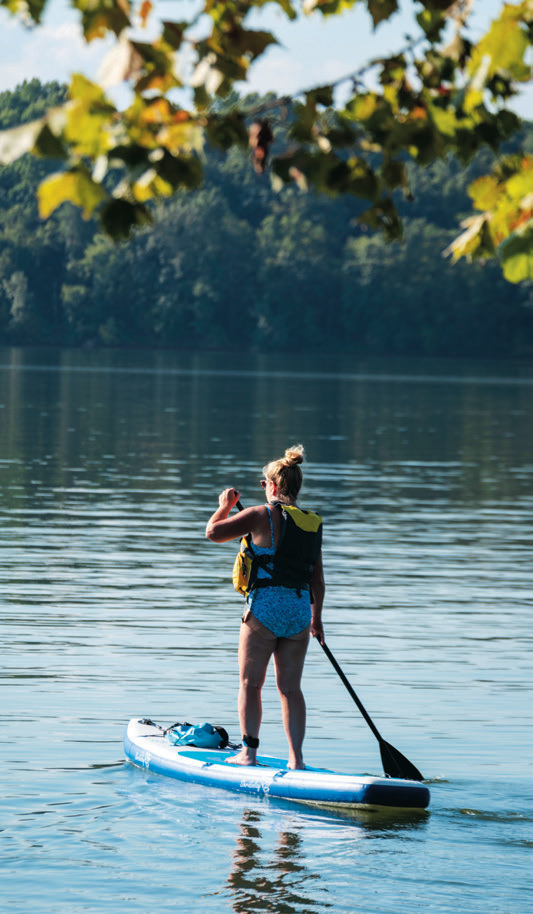
The next garrison weekend at the fort will be Nov. 18–19. During this event, you can witness costumed re-enactors going about their 18th century days as soldiers, blacksmiths, a surgeon and more. Getting a richer experience about what fort life was like is aided by how much work went into fully reconstructing the fort by park rangers, maintenance staff and the Youth Conservation Corps, mainly high school students who helped out for a year ahead of the 250th anniversary of the fort’s surrender.
“It was awesome to work with them and see how hard they worked,” Hughey says. “We taught them hands-on techniques such as timber framing.”
Dec. 2 will see the only garrison where you can visit the fort at night.
Moving beyond the fort
While the reconstructed fort and the events held there are the centerpieces of the park’s offerings, Hughey is proud of the work being done to uncover and present other aspects of the site’s history.
McGhee-Carson Wildlife Management Area sits where a pre-Civil War home and farm owned by the McGhee family once stood. With the help of archaeologists from Lee University and Yale University, this area’s history is being uncovered. Hughey says work is being done to mark gravesites at a slave cemetery.
“We’re working to bring that history into the park,” he says.
There’s nature, too!
Even though Fort Loudoun’s main focus is on the history of this important site, there is certainly plenty of nature to enjoy as well. The fort sits on the shore of beautiful Tellico Lake, which provides abundant opportunities for boating, fishing, paddleboarding, kayaking and swimming. There’s even a water trail to enjoy. The Island Loop Water Trail might provide you with views of islands at low pool as well as wildlife such as bald eagles, great blue herons, loons and deer, not to mention the beautiful mountains in the distance.
Hikers can take to one of four moderate trails ranging from 0.1 mile to 2.5 miles. All four together total about 5 miles.
Whether you visit to indulge in history, sample the natural offerings or a little bit of both, a trip to Fort Loudoun State Historic Park is well worth your time.


